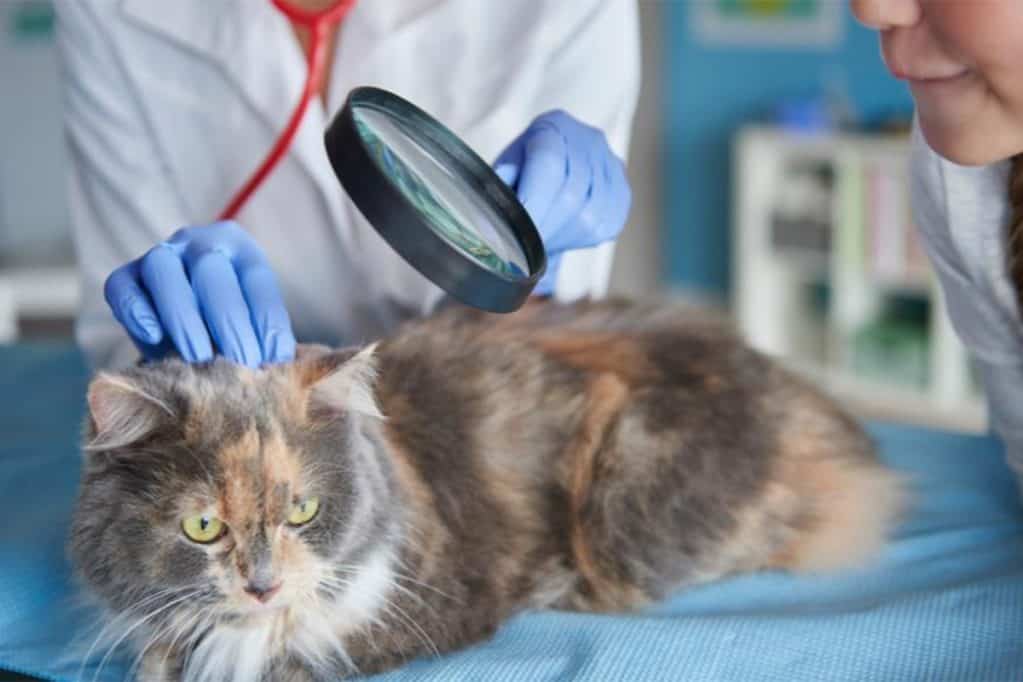Two years ago, 15-year-old Wesley Wolf from Georgetown, Ohio, entered the field of scientific research with a simple question: “Does the type of cat litter my pet uses affect the amount of bacteria in my home?”
Driven by curiosity, the seventh grader asked his mother, a veterinarian, if he could conduct an experiment with the animals at her clinic. After obtaining permission from the pet owners, he tested three types of cat litter on 30 cats: clay litter, clumping litter, and shredded newspaper litter. After 24 and 48 hours, Wolf pressed each cat’s paw onto a petri dish filled with nutrients to observe bacterial growth and record the results.
The findings were surprising: the type of litter didn’t make a significant difference. At the American Association for the Advancement of Science’s annual meeting, he reported that all cat paws carried similar levels of bacteria, regardless of litter type. Although he couldn’t assess the toxicity of the bacteria, Wolf suggested pet owners could simply choose the most economical or convenient litter.
Wolf’s research, while perhaps expected, captivated a national judging panel. Out of 139 student projects, his was the only one showcased as a poster at the conference, recognized by the American Junior Academy of Science.
This study not only highlighted Wolf’s scientific curiosity but also set him on a path toward pursuing a Ph.D. in microbiology. Inspired by his cat litter research, he is now exploring more advanced scientific topics. “Cats are common pets and play an important role in people’s lives,” he explained. Wolf’s journey from a simple question to a serious research career underscores the value of curiosity-driven science for young researchers.

